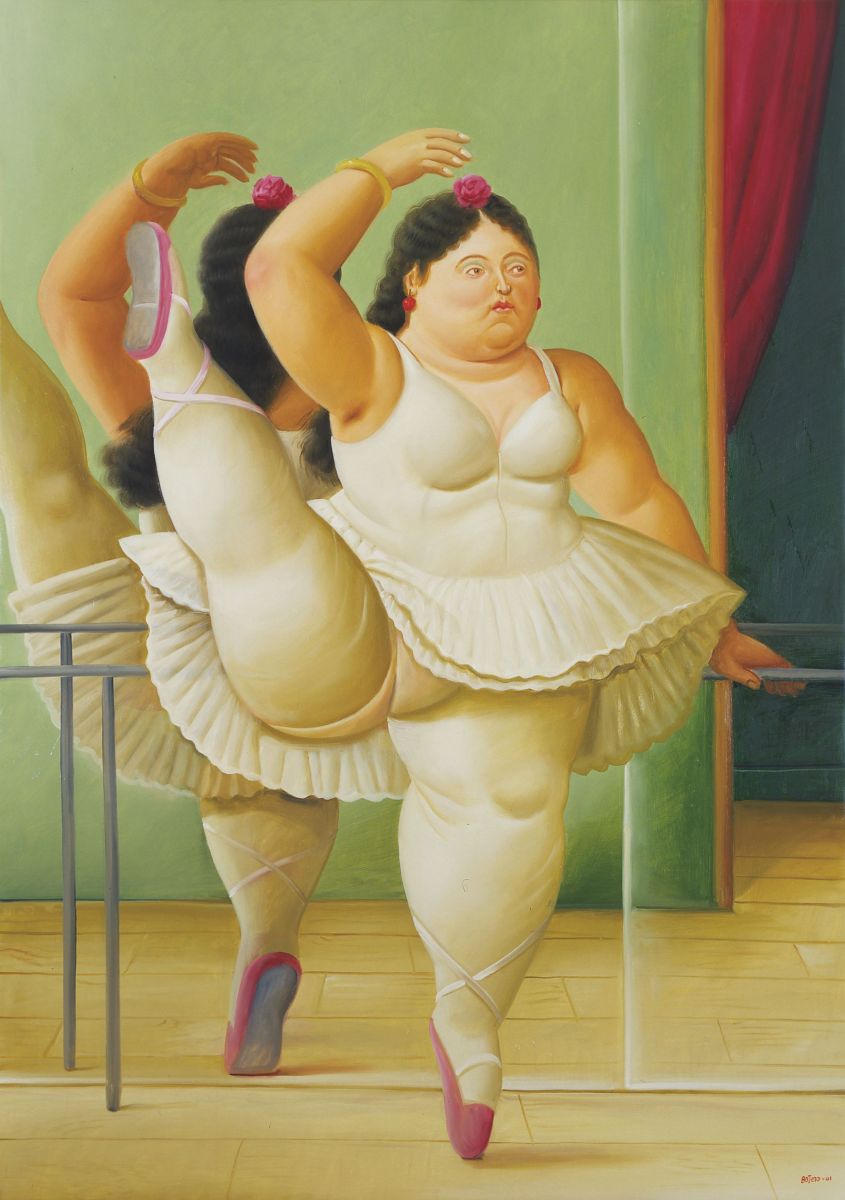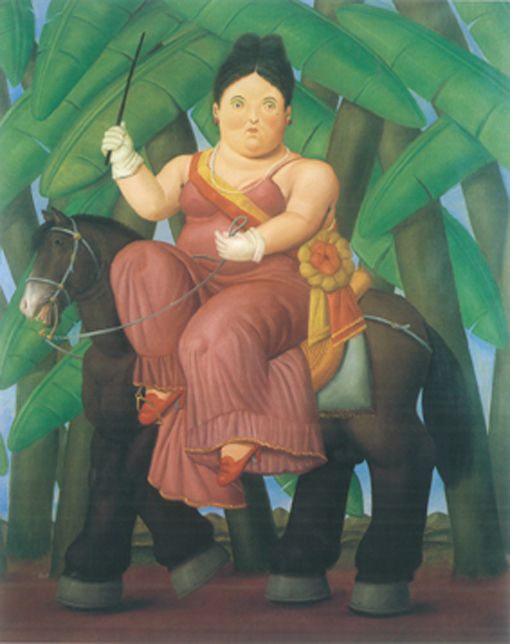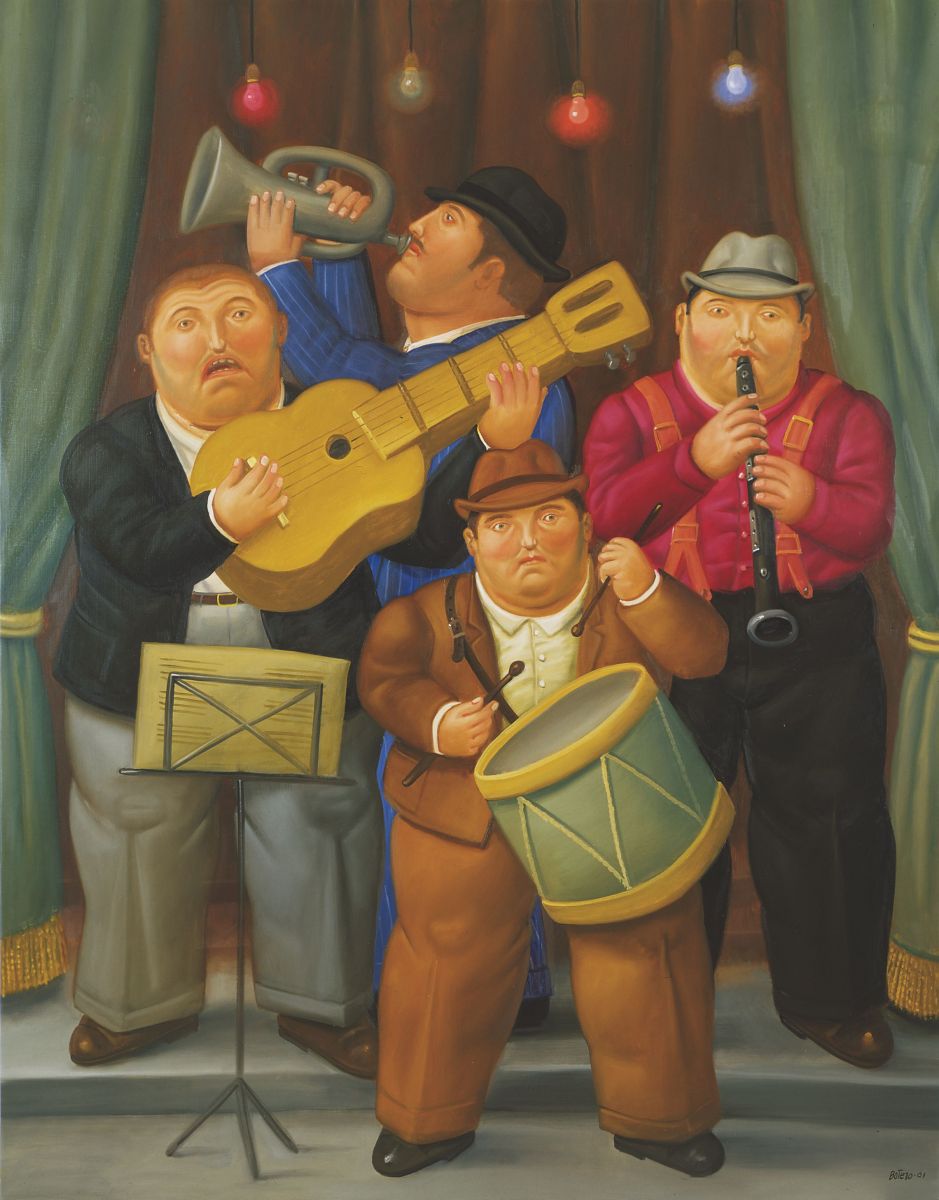Full Art Mode
Exit Full Art Mode by clicking on Page or ESCTouch screen to exit Full Art Mode
skip

review
Botero
12.10.2011 - 15.01.2012



The Bank Austria Kunstforum is holding the first ever comprehensive presentation in Austria of the painted oeuvre by the Colombian painter and sculptor Fernando Botero (b. 1932 in Medellín). 70 paintings ranging from the late 1950s until today telescope a view for us into Botero’s artistic universe.
The artist interprets his portraits, nudes and still life with allusions to his South American origins. They are pictures of seeming cheer and innocuousness, but at the same time are ambivalent and infused with dark, unfathomable cunning. Botero has been astonishing the world now for more than fifty years with his opulent, “blown up” figures, whose aesthetics as it were contradict the precise rendition of form and colour. Botero does nothing other than force art history to question its own canon. The exhibition includes the sensational Abu Ghraib Cycle of 2004/2005 and explores the “phenomenon of Botero”, which is today more topical than ever.
The exhibition is sectioned into various chapters: Everyday Life in South America, Catholicism, Bull Fight, or paraphrases of the most famous works in the history of art – images in which the sensuousness of life keeps colliding with its transience. “I am the most Colombian among Colombian artists,” says Fernando Botero. He makes us understand with incredible consistency what a picture has to achieve according to his ideas: an unambiguous message, a dialogue between artist and observer that is unequivocally understood. Botero’s subjects seem to come from another age and are full of melancholy and nostalgia. In this way Botero – exactly like contemporary South American literature and music – is placed entirely in the tradition of his home continent. His figures have the effect of being captured in an anachronism: they exist unconcernedly, they eat, drink, play cards, go for walks, sew, weep, go on picnics; they always seem isolated, plunged into some world deep inside themselves. Botero moreover inserts metaphors of impending threat into his pictures – such as erupting volcanoes or collapsing buildings – which turn the seeming idyll upside down into the negative. The reproach, also repeatedly made by art critics, that Botero deals only with cosy and “appetising” motifs, is not true by any stretch of the imagination, as is proven above all in his Abu Ghraib Cycle. Here the artist wants to bear emotional witness to the shame that rises when watching the terrible scenes of torture perpetrated by US American soldiers. With this cycle Botero brought political events of everyday into his art.
review
Herbert Brandl
26/01/2012 - 15/04/2012
review
